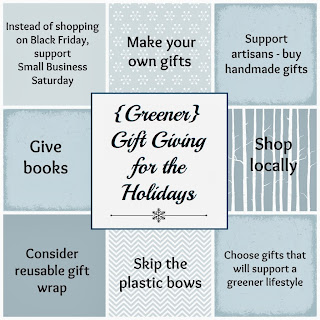Yes, there are some chores even we avoid. These top our pledge-to-do-better list:
Toaster oven: We'll line the crumb tray with aluminum foil so debris (a potential fire hazard) can be cleaned out more easily, and wipe down the glass door with soap and water so gunk doesn't build up.
Tub/shower drain: Once a month,we'll put on rubber gloves, pull up the stopper and remove trapped hair, oil, and greasy lint, then sanitize with 1/2 cup hydrogen peroxide poured straight down the drain (let sit for an hour, then flush with water).
Computer: Because we type every day, we'll unplug the keyboard every month, turn it over and gently tap to remove crumbs lodged between the keys, then wipe with a clean, damp cloth to remove surface muck.
Easy!!!

Courtesy of: Good Housekeeping




























